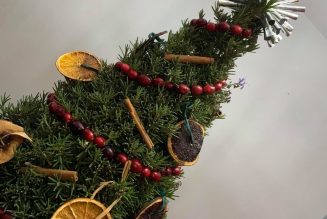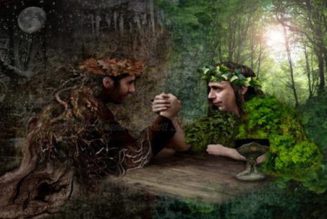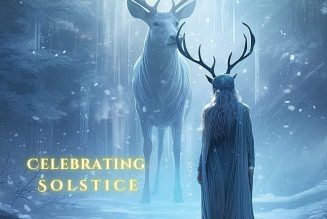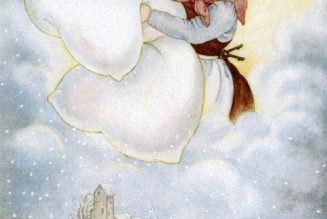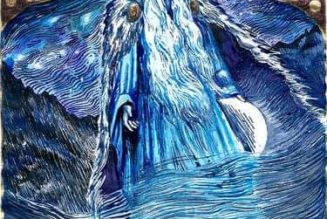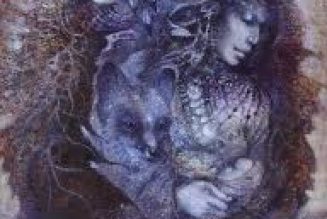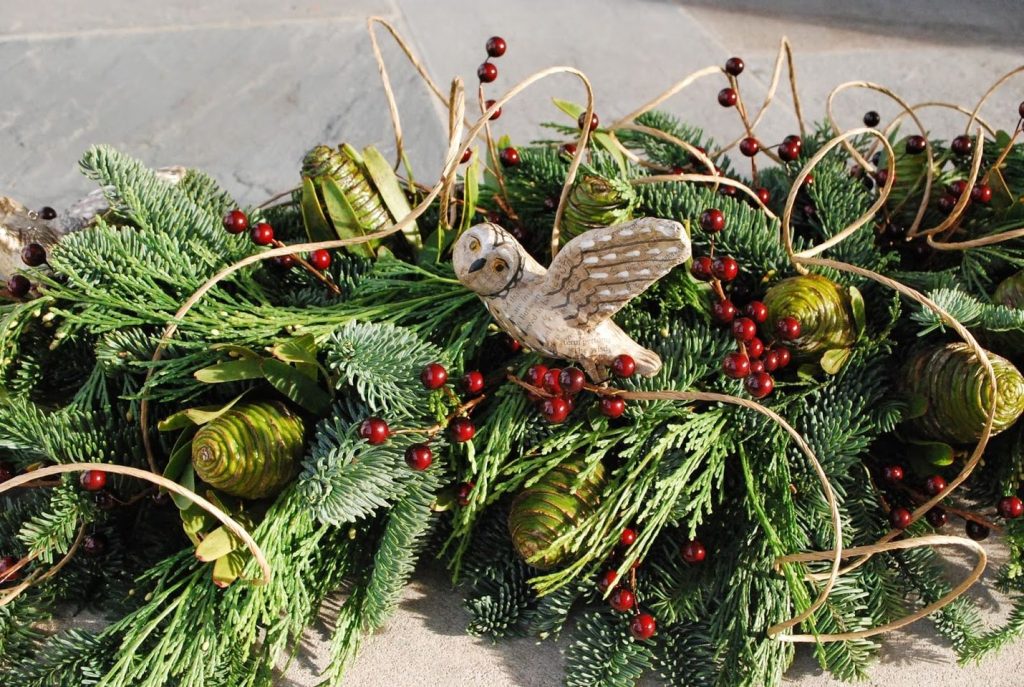
One of the first references to the fir tree in association with the Christmas tree comes from the Alsatian town of Strasbourg in 1604: “On Christmas, they put fir trees in the rooms in Strasbourg, they hang red roses cut from many-colored paper, apples, offerings, gold tinsel, sugar. It is the custom to make a four-cornered frame around it” (Kronfeld 1906, 149).
Today, depending on family tradition, the tree that is taken into the house is festively decorated and is called the jultree, the light tree, the Christmas tree, or the Christ tree. How many are aware that this custom was for a long time reviled by the church? In the folk literature, numerous sources refer to the fact that the custom of cutting and putting up fir or spruce branches or even whole trees—maien or meyen—was despised as a heathen practice, and was explicitly forbidden by the church, and specifically because of its shamanic-pagan past: “Because of the pagan origin, and the depletion of the forest, there were numerous regulations that forbid, or put restrictions on, the cutting down of fir greens throughout the Christmas season” (Vossen 1985, 86). The record ledgers of Schlettstadt indicated that since 1521, the unauthorized cutting of maien had been forbidden, and emphasized the protection of the forest in the face of this “forest damage.” The cutting down of Christmas meyen was forbidden in Freiburg, in the Breisgau, and was punishable by a fine of 10 rappen (Spamer 1937, 71). It was only at the beginning of the eighteenth century (one hundred years after the Strasbourg reference from 1604) that Johan David Gehard suggested tolerating the fir tree “to the degree that there was less idolatry connected with it” (Spamer 1937, 72).

